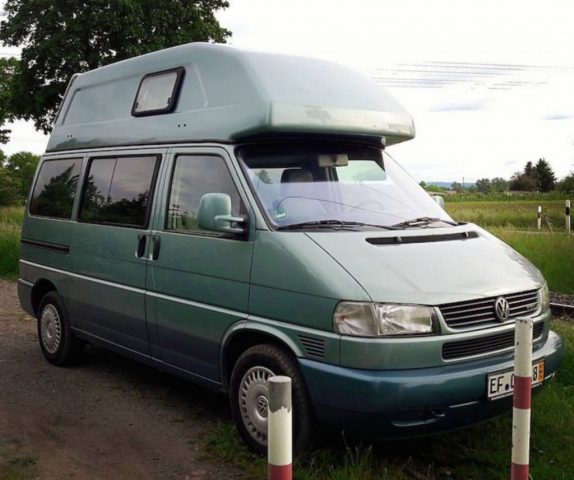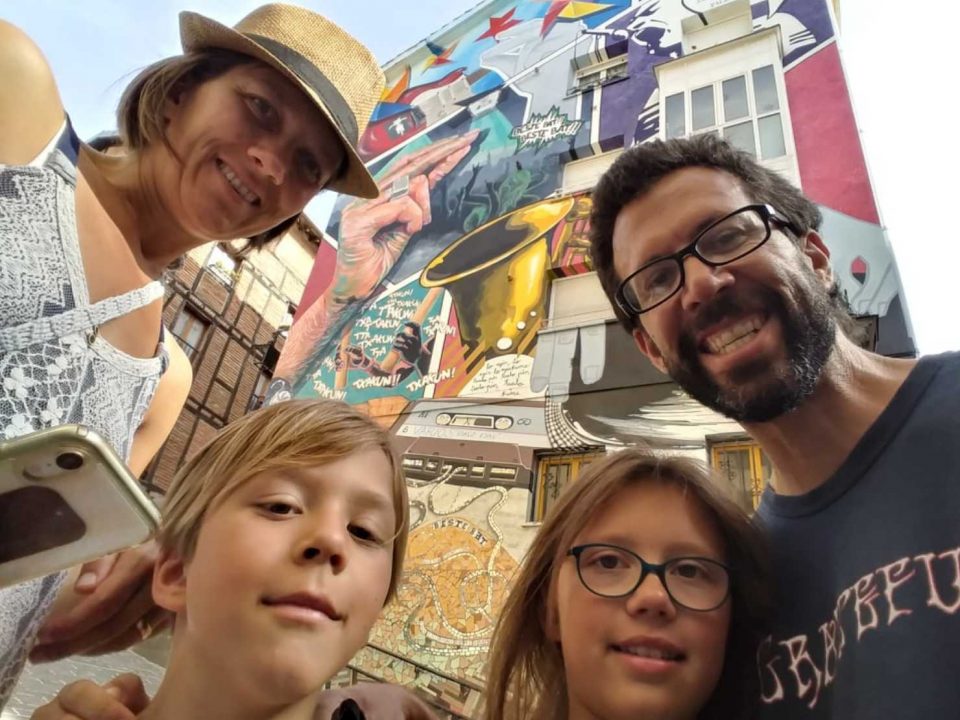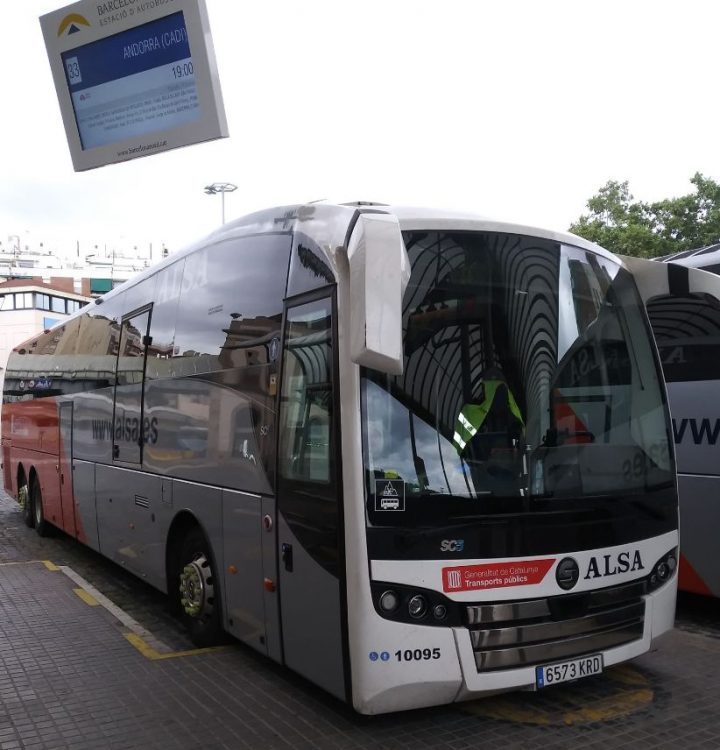
Polymorphous Playgrounds: A Few of My Favorite Swings
June 1, 2016
Home School is in Session: Old World Learning
June 5, 2016This week, at last, we picked up our VW camper van that’s meant to serve as our home on wheels for the next ten months. It’s all beginning to remind me of a road trip I took in the summer of ’95 in my orange Westphalia pop-top following the Grateful Dead on their last real tour, so pardon me if I lapse into something resembling a flashback.
But before we could pick up our used camper from the “Motorhome Paradise” down in Hilpoltstein—a small town in Bavaria whose name rolls off the tongue like a mouthful of cobblestones—we first had to twirl our way through a mind-numbing series of bureaucratic daisy chains. Round and round and faster we go.
Before you can pick up a car, you have to pay a visit to one of the several city offices to get your temporary license plates. You can’t drive anywhere without plates, and they do not come with the car. This must be done in the city where you are officially registered as a resident. So in order to go anywhere, we had to rely on my father-in-law to effectively co-sign for purposes of license, registration and insurance, due to the extraordinarily inconvenient fact that we are not officially registered as residents anywhere. Sometimes we live no particular way but our own.
Seems like it’s infinitely easier for non-residents to come to America and buy a car. I imagine that’s part of what makes the country so inviting to illegal immigrants. But fear not, this is not the lead in to a Donald Trump endorsement.
One of the biggest problems with this system, from my limited observations, is that none of the vehicles at the car lot have license plates. This means you can’t test drive them anywhere beyond the parking lot. Apparently the dealers do have some sort of plates available, for very temporary use, to get around this problem, but not when we were shopping. But, long story short, we bought a VW California, and a week later we drove back with our own temporary plates, issued by the city of Erfurt, to pick it up.
At this time we learned that many of the camper’s essentials—such as propane tank for the stove, power cable to plug in at camp grounds, and season-appropriate tires (German cars need different sets of tires for summer and winter)—were not included in the full price. No, no haggling on the price. And the 75 liter (20 gallon) gas tank was 90 percent empty. But hey, at least sales tax is included. Just a few more trips back to the city offices in Erfurt to straighten out our paperwork, finalize our insurance and verify our documentation, and then we could trade in our temporary plates for a freshly printed set of permanent license plates. More than this I will not ask, faced with mysteries dark and vast.
So about the van. It’s a hand-me-down. A light blue-green 2003 Volkswagen California Camper, diesel engine, with a mere 105K km (about 65K miles). It appears to be very well taken care of by the previous owner. (I believe it only had one owner before us.) There are tons of little storage compartments, two fold-out beds, including one up above under the extended hard top, a small mini fridge, dual gas range, and a sink. Let it be known, there is a fountain.
Our bus also comes with real a classy little AM-FM-cassette stereo that makes me feel like I’m 18 again. But we feel like we need to do something to personalize this old van and make it our own. We’re thinking of covering it with Bernie Sanders stickers or air brushing it with psychedelic sunbursts.
Driving a diesel motor feels a lot different than any car I’ve had before. And the fact that it tends to lurch a little bit and expel big clouds of black smoke is a cause for some concern. But everyone here tells us not to worry about a thing. The fact that it’s 13 years old and barely has 105K km indicates that it’s hardly been driven, and must have spent quite a while sitting in a driveway, whether in a garage or at a campground. Apparently, the gunk tends to accumulate in a diesel engine if it’s not driven regularly, and those with more experience all insist that we just need to take her out on the Autobahn and floor it for hour or two.
Lucky for us, there are long stretches of highway where we can drive as fast as we possibly can. People come here from all over the world to enjoy this privilege, including many drivers of high end sports cars, Ferraris and Lamborghinis. It is no doubt a unique experience. You can sit in the middle lane doing a cool 150 km/h—a speed that requires some pretty steady concentration on the part of the driver, no time to fiddle with digital devices or argue with kids in the back seat—when suddenly an AUDI comes flying by in the left lane, fast enough to scare the stripes right off your Adidas. Casey Jones, you better watch your speed!
We’ve already driven the car a couple hours to get it from Bavaria back to here in Gotha. But it didn’t feel like it wanted to do more than 120. In any case, it wasn’t enough. So our next order of business is to get back out on the road and push it all the way the to the red line. Everyone agrees that’s the best way to burn off all the gunk deposits and get her running like a top. I only hope this thing gets us all the way to Portugal. O, what a long strange trip it will have been.
For more entertaining stories from the esoteric tourist, check out the following articles.





